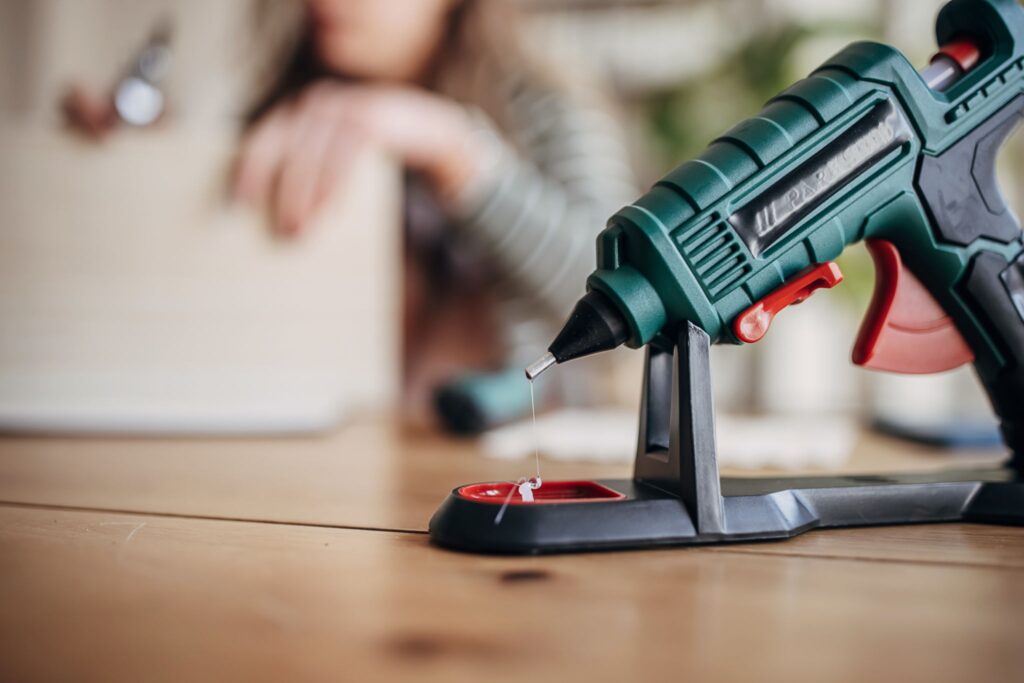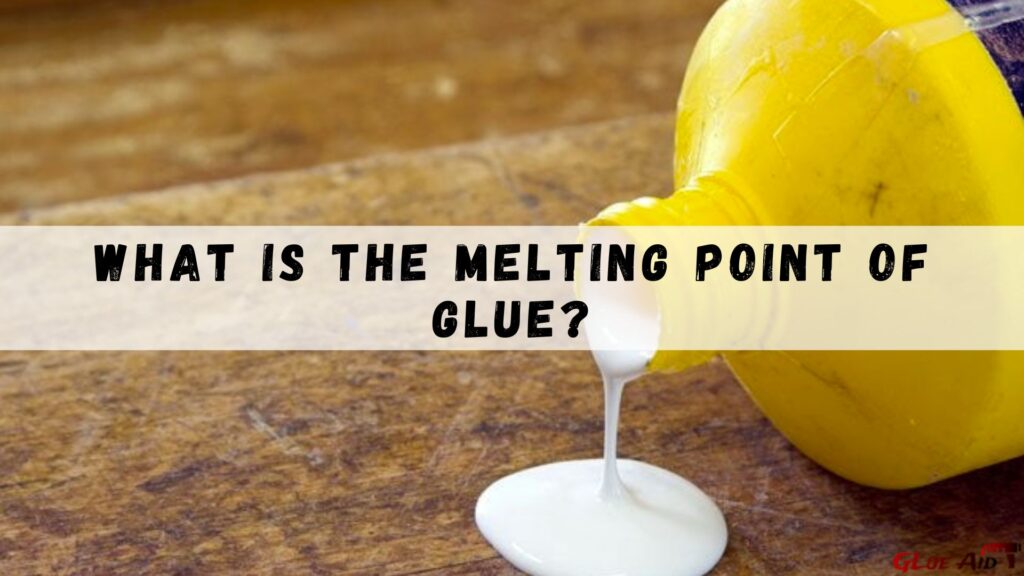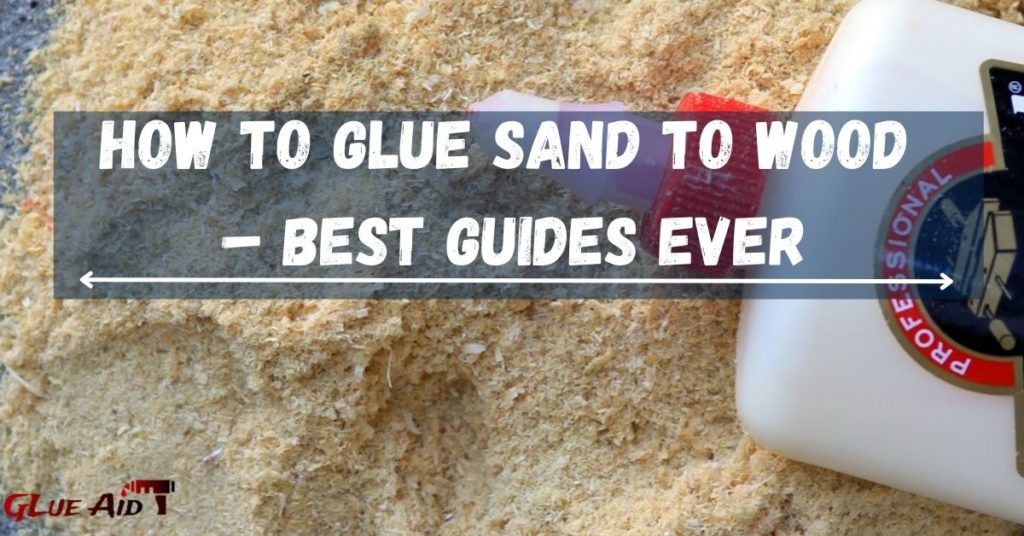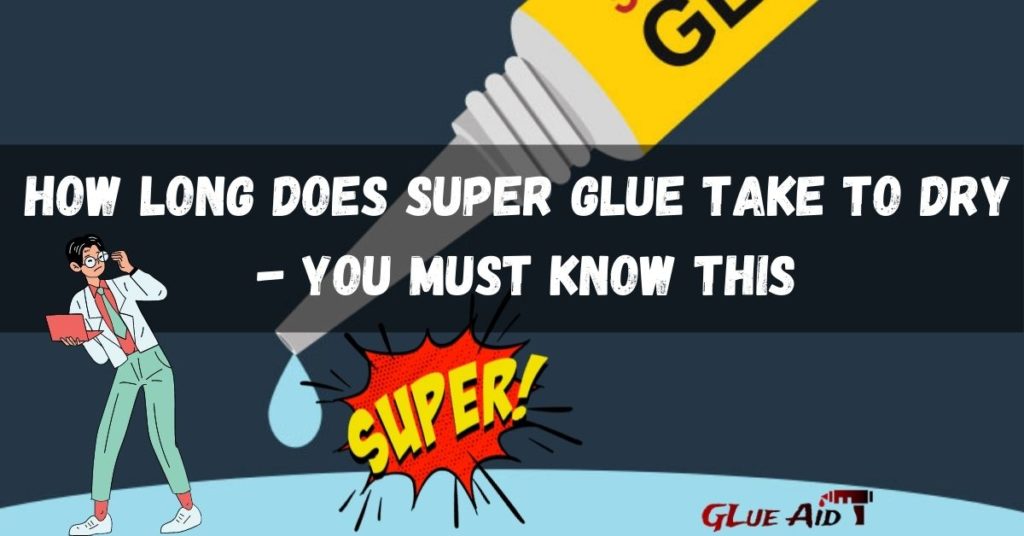Did you know that the melting point of glue is different based on the type of glue? In this blog post, we will explore the glue melting points of various types of adhesive or glue. We will also discuss what factors influence the melting point of glue. Finally, we will provide tips for choosing the right adhesive for your needs. Stay tuned!
Table of Contents
What Is The Melting Point Of Glue And Why Is It Important To Know

The melting point of glue is the temperature at which the glue turns from a solid to a liquid. The melting point is important to know because it will dictate how well the glue will hold up in different environments.
For example, if you are using glue to assemble a model car, you will want to choose glue with a high melting point so that it can withstand the heat of the sun. On the other hand, if you are using glue to make a snowman, you will want to choose glue with a low melting point so that it can easily be removed from your hands.
Factors That Affect The Melting Point Of Glue

There are several factors that can influence the melting point of glue, including:
-The type of glue
-The ingredients in the glue
-The environment
Type Of Glue
The type of glue you use will have the biggest impact on the melting point. For example, hot glue has a lower melting point than super glue. This is because hot glue is made with thermoplastic materials, which have a lower melting point than the synthetic resin used to make super glue.
Ingredients In The Glue
The ingredients in the glue can also affect the melting point. For example, glue that contains wax will have a lower melting point than glue that does not contain wax.
Environment
The environment can also influence the melting point of glue. For example, the glue that is exposed to heat will have a lower melting point than glue that is not exposed to heat.
How To Determine The Melting Point Of Glue

There are a few ways to determine the melting point of glue, including:
– Reading the label
– Conducting a test
Reading The Label
The best way to determine the melting point of glue is to read the label. The label should list the melting point as well as the boiling point. If the glue you are using does not have a label, you can check the manufacturer’s website.
Conducting A Test
If you cannot find the melting point of glue on the label or on the manufacturer’s website, you can conduct a test. To do this, simply place a small amount of glue on a metal sheet and heat it with a blow dryer. The glue will melt at the temperature that is listed on the label.
When To Use Glue With A High Melting Point
There are several situations when you will want to use glue with a high melting point, including:
– When you need the glue to hold up in extreme heat
– When you need the glue to be strong
– When you need the glue to resist moisture
Read Also: What Temperature Does Super Glue Melt
When To Use Glue With A Low Melting Point
There are also several situations when you will want to use glue with a low melting point, including:
– When you need the glue to be easily removed
– When you need the glue to be pliable
– When you need the glue to be non-toxic
Uses For Different Types Of Glue And Their Respective Melting Points

– Hot Glue: Use hot glue for projects that require a strong bond and can withstand high temperatures. Hot glue has a melting point of 135 degrees Celsius.
– Super Glue: Use super glue for projects that require a strong bond and can withstand moderate temperatures. Super glue has a melting point of 80 degrees Celsius.
– White Glue: Use white glue for projects that require a flexible bond and can withstand moderate temperatures. White glue has a melting point of 60 degrees Celsius.
– Fabric Glue: Use fabric glue for projects that require a flexible bond and can withstand low temperatures. Fabric glue has a melting point of 40 degrees Celsius.
– Glue Sticks: Use glue sticks for projects that require a strong bond and can withstand high temperatures. Glue sticks have a melting point of 135 degrees Celsius.
– Gel Glue: Use gel glue for projects that require a strong bond and can withstand moderate temperatures. Gel glue has a melting point of 80 degrees Celsius.
Types Of Glue And Their Respective Melting Points At A Glance
– Hot glue: melts at 135 degrees Celsius
– Super glue: melts at 80 degrees Celsius
– White glue: melts at 60 degrees Celsius
– Fabric glue: melts at 40 degrees Celsius
– Glue sticks: melt at 135 degrees Celsius
– Gel glue: melts at 80 degrees Celsius
As you can see, the melting point of glue can vary depending on the type of glue and the ingredients in the glue. It is important to consider these factors when choosing glue for your project.
What Are Some Methods For Increasing Or Decreasing The Melting Point Of Glue

There are a few methods for increasing or decreasing the melting point of glue, including:
– Adding wax
– Changing the environment
– Using a different type of glue
Adding Wax
One way to increase the melting point of glue is to add wax. This will raise the melting point by a few degrees.
Changing The Environment
Another way to increase the melting point of glue is to change the environment. For example, if you are using glue in a cold room, the glue will have a higher melting point than if you were using glue in a warm room.
Using a Different Type Of Glue
If you need glue with a higher or lower melting point, you can simply use a different type of glue. For example, if you need glue with a higher melting point, you could use hot glue. If you need glue with a lower melting point, you could use white glue.
What Are Some Applications For Which Knowing The Melting Point Of Glue Is Important
There are a few applications for which knowing the glue melting point is important, including:
– When you need the glue to be easily removed
– When you need the glue to be pliable
– When you need the glue to be non-toxic
If you need glue with a higher or lower melting point, you can simply use a different type of glue. For example, if you need glue with a higher melting point, you could use hot glue. If you need glue with a lower melting point, you could use white glue.
Knowing the melting point of glue is important for applications where the glue needs to be easily removed, pliable, or non-toxic. Different types of glue have different melting points, and the melting point can be affected by the environment. You can increase or decrease the melting point of glue by adding wax, changing the environment, or using a different type of glue.
FAQ About Melting Point Of Glue
Does Glue Melt In The Heat?
Yes, the glue will melt in the heat. However, the more complex answer is that it depends on the type of glue and the level of heat. Most glues will start to melt at around 100 degrees Celsius, but some can withstand temperatures up to 200 degrees Celsius. Therefore, the answer to this question really depends on what type of glue is being used and how much heat it is exposed to.
Can A Glue Stick Melt?
The adhesive in a glue stick is typically a hot-melt adhesive, which is a type of thermoplastic adhesive. This means that the adhesive will melt when it is heated and will then solidify again when it cools. So, in theory, a glue stick could be melted if it was heated enough.
What Temp Does Gorilla Glue Melt?
The melting point of Gorilla glue is about 200 degrees Celsius. It is a thermoset polymer, meaning that it hardens after it has been heated and cooled. It is composed of ethylene glycol, methylene bisacrylamide, and trimethylolpropane triacrylate. These components interact with each other to form a network that is insoluble in water.
Will Hot Glue Melt In Boiling Water?
The solvents in the hot glue will vaporize at a lower temperature than the water, so the glue will likely melt before the water boils. The water will also transfer heat to the glue more efficiently, causing the glue to melt faster. However, if the water is boiling very vigorously, it may be able to overcome the heat of vaporization of the glue and cause it to melt as well.
How Hot Can Hot Glue Get Before It Melts?
The maximum temperature at which hot glue will melt is dependent on the composition of the adhesive. Most adhesives have a maximum service temperature of around 250 degrees Fahrenheit. However, if an adhesive contains more than 50% solids, it can have a service temperature of up to 350 degrees Fahrenheit.
Will Hot Glue Melt On Sun?
The glue will not melt in the sun because it is a synthetic polymer composed of long chains of molecules that are held together by chemical bonds. The polymer chains are very resistant to breaking, even when heated, so the glue will remain solid in the sun.
Will Hot Glue Melt In A Car?
In general, the temperature inside a car can reach up to 120 degrees Fahrenheit on a hot day. So, the answer to your question is yes – the hot glue will melt in a car. The glue will start to melt at around 105 degrees Fahrenheit, so on a really hot day, the glue could potentially melt completely.
Can I Microwave Glue?
Microwaving glue can have both positive and negative effects. On the one hand, microwaving glue can cause it to become more pliable and easier to work with. On the other hand, it can also cause the glue to become brittle and less effective. In general, I would recommend not microwaving glue, as the potential risks generally outweigh the benefits.
Can You Reuse Hot Glue?
Reusing hot glue is not recommended, as the adhesive may not be as effective the second time around. The glue may also cause damage to the surface to which it is applied.
What Temperature Does Hot Glue Melt At Fahrenheit?
The temperature at which hot glue melts is around 350 degrees Fahrenheit. Hot glue is a thermoplastic adhesive that is used to bond objects together. It is composed of a polymer resin and a plasticizer. The resin is melted and then applied to the object that needs to be bonded. The plasticizer helps to keep the resin liquid, which allows it to be applied easily.
How Do You Melt A Hot Glue Stick Without A Gun?
The best way to melt a hot glue stick without a gun is to use a stovetop. Place the glue stick on the burner and turn it up to medium-high heat. Once the glue has melted, you can use it to attach objects together.
How Hot Do Hot Glue Guns Get Celsius?
The Celsius temperature of a hot glue gun can reach up to 220 degrees. The heat is generated by an electrical resistor that is in contact with the heating element. The resistor gets hot and then the glue gun filament gets hot.
At What Temperature Do Glue Sticks Melt?
The temperature at which glue sticks melt is dependent on the type of adhesive used in the stick. Most hot melt adhesives have a softening point between 130 and 170 degrees Fahrenheit.
Tips And Tricks
- If you need glue with a higher melting point, you can use hot glue.
- If you need glue with a lower melting point, you can use white glue.
- Choose the right adhesive for the job
- Use a hot plate or stove to heat the adhesive
- Apply the adhesive in thin layers
- Use clamps to hold the surfaces together
- Let the adhesive cool completely before using
Conclusion
Glue melting points are important to consider when choosing glue for a project. The type of glue and the ingredients in the glue can affect the melting point. There are a few methods for increasing or decreasing the melting point of glue, including adding wax, changing the environment, or using a different type of glue. Knowing the melting point of glue is important for applications where the glue needs to be easily removed, pliable, or non-toxic.
Relevant Resource: What Glue Can Withstand High Temperatures




